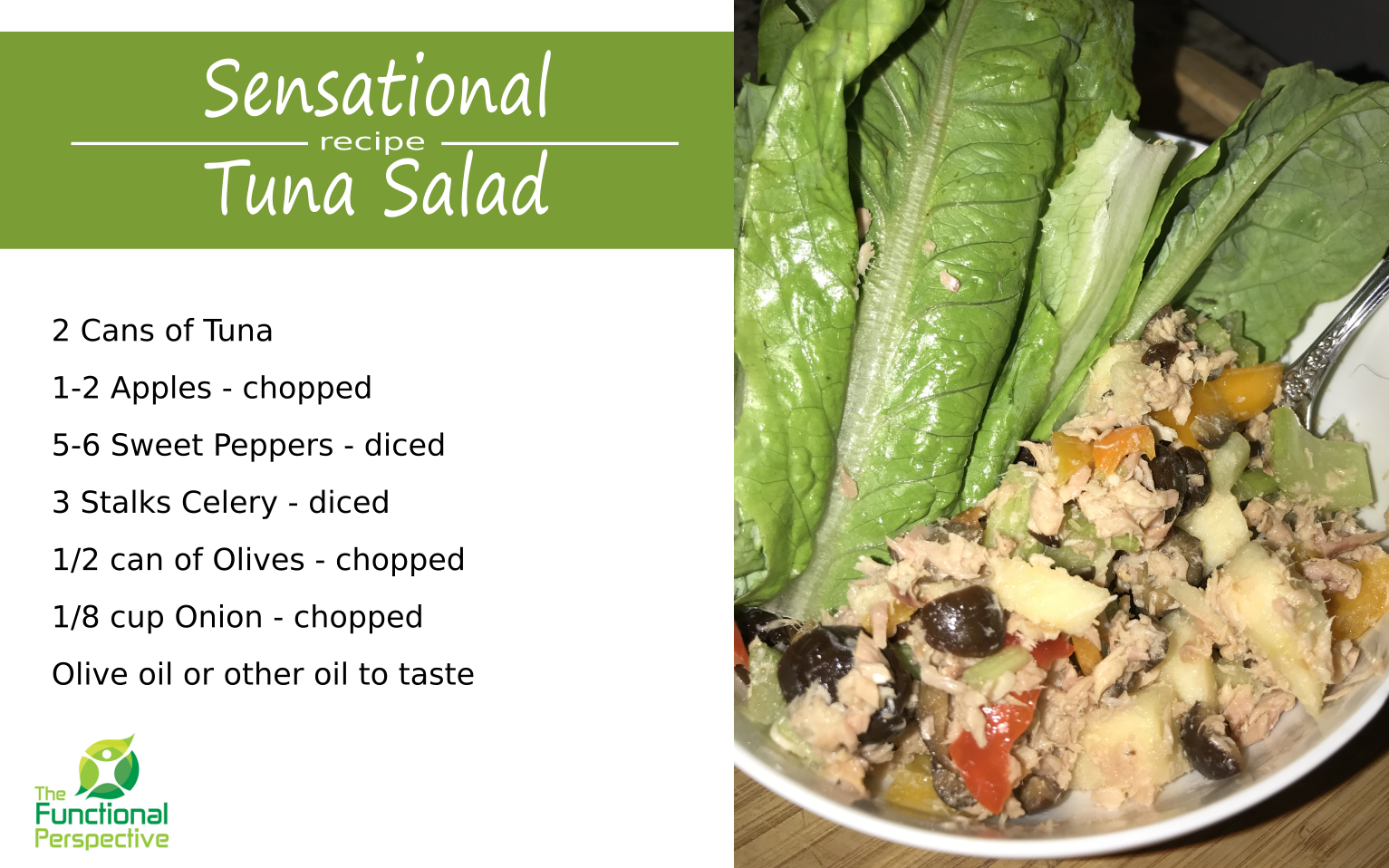One of the common complaints about health is having brain-fog. We often think this is just a part of aging which we have no control over. Is that the case? What happens when we look at our brain from a functional perspective?
The simple fact is food affects our brain, for better or worse. Choosing foods which support proper brain function is vital to our overall wellness. Growth of healthy cells, healthy connections in the brain and efficient operation of our brain, and in turn our entire body, are affected by the foods we choose to consume. One of my favorite sayings about brain health comes from Dr. William Sears:
“Forget low-carb and low-fat diets. Eat a ‘right-carb’ and a ‘right-fat’ diet for optimal brain health!”
I couldn’t agree more! The quality of what we eat is of greater importance than the quantity. Let’s take a quick look at our brain health and food choices.
When our brain is provided with healthy nourishment it can make healthy connections, process information, create memories and signal muscles and hormones to react and move. Next time you think about healthy eating, don’t just think about the benefits it will have on your waistline. Rather, think of all the positive benefits your brain receives from getting the right brain-boosting nutrition!
So what is the fuel which is vital to the brain?
For optimal function our brains need:
Omega-3 fats, Folate, Antioxidants and Carbohydrates.
- Omega-3s are important building blocks in the brain – they are vital to the proper function of impulses which take place.
- Folate is a nutrient needed for neurotransmitter function.
- Antioxidants keep the blood brain barrier healthy, protecting cells from wear and tear and improve blood flow by decreasing excessive blood clotting.
- Carbohydrates are needed because your brain uses them for energy.
What are quality sources of these brain fuels?
Top 3 Brain-Boosting Foods
Fish: Wild Caught Salmon (Omega-3s – DHA & EPA)
Berries: Blueberries, Blackberries (antioxidants)
Greens: Bok Choy, Spinach, Collard Greens (folate)
One of my family’s favorite meal is grilled salmon with a side of steamed veggies and large bowl of mixed greens topped with a bit of olive oil and berries. Even my child who isn’t fond of fish loves this meal! I have a super simple salmon recipe here. As well as more information on Omega-3s and essential fats here.
So the next time you go shopping remember to stop by the produce and seafood departments to get a special brain-boosting treat 🙂
[Resources:
Soares AA, et al (2017) A double- blind, randomized, and placebo-controlled clinical trial with omega-3 polyunsaturated fatty acids (OPFA ɷ-3) for the prevention of migraine in chronic migraine patients using amitriptyline. Nutr Neurosci. doi: 10.1080/1028415X.2016.1266133.
Pu H, Jiang X, Wei Z, Hong D, Hassan S, Zhang W, Shi Y, Chen L, Chen J.(2016) Repetitive and prolonged omega-3 fatty acid treatment after traumatic brain injury enhances long-term tissue restoration and cognitive recovery.
Cell Transplant. doi: 10.3727/096368916X693842. PMID: 27938482
Pu H, Jiang X, Hu X, Xia J, Hong D, Zhang W, Gao Y, Chen J, Shi Y. (2016) Delayed Docosahexaenoic Acid Treatment Combined with Dietary Supplementation of Omega-3 Fatty Acids Promotes Long-Term Neurovascular Restoration After Ischemic Stroke.
Transl Stroke Res. 2016 Dec;7(6):521-534.
Jiraungkoorskul W. Review of neuro-nutrition used as anti-alzheimer plant, spinach Spinacia oleracea. Phcog Rev [serial online] 2016 [cited 2017 Jan 17];10:105-8. Available from: http://www.phcogrev.com/text.asp?2016/10/20/105/194040

















